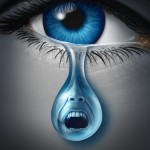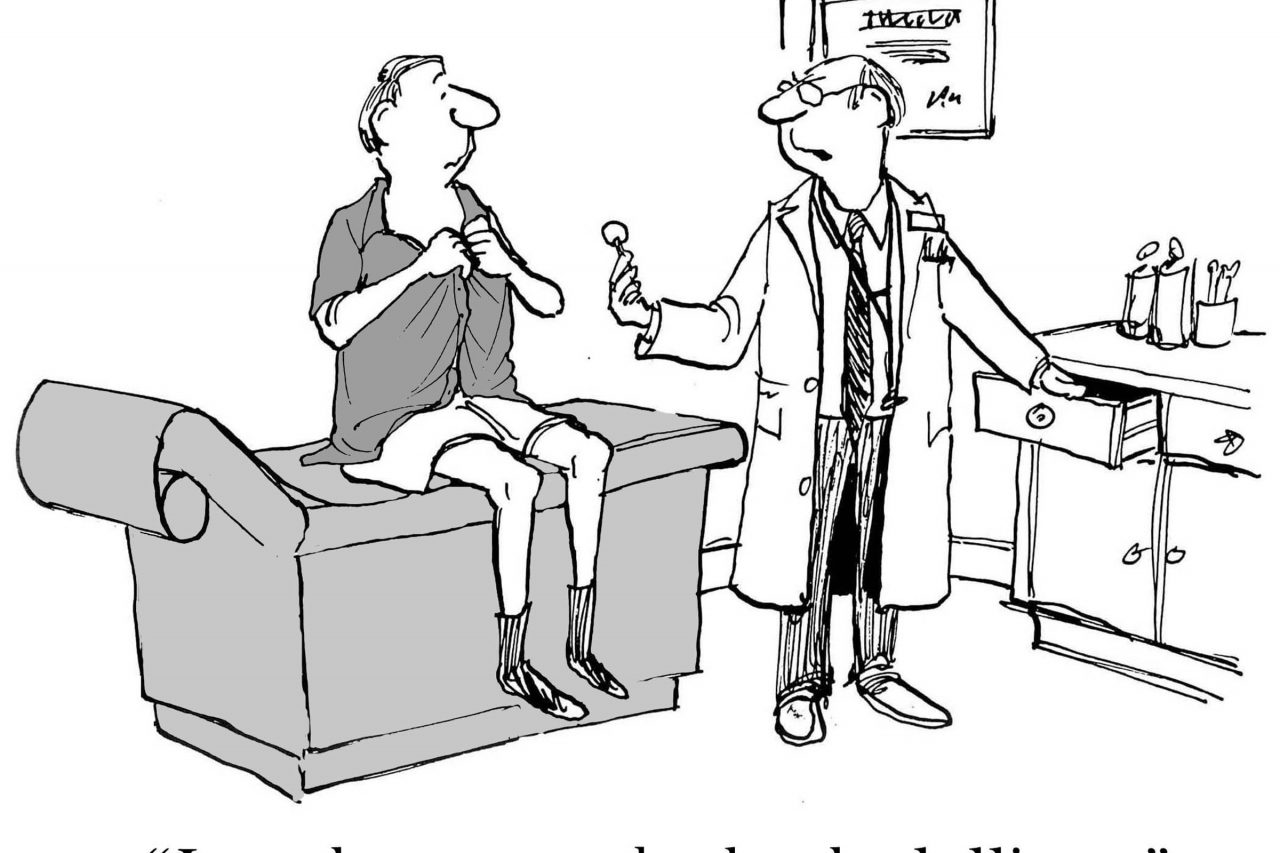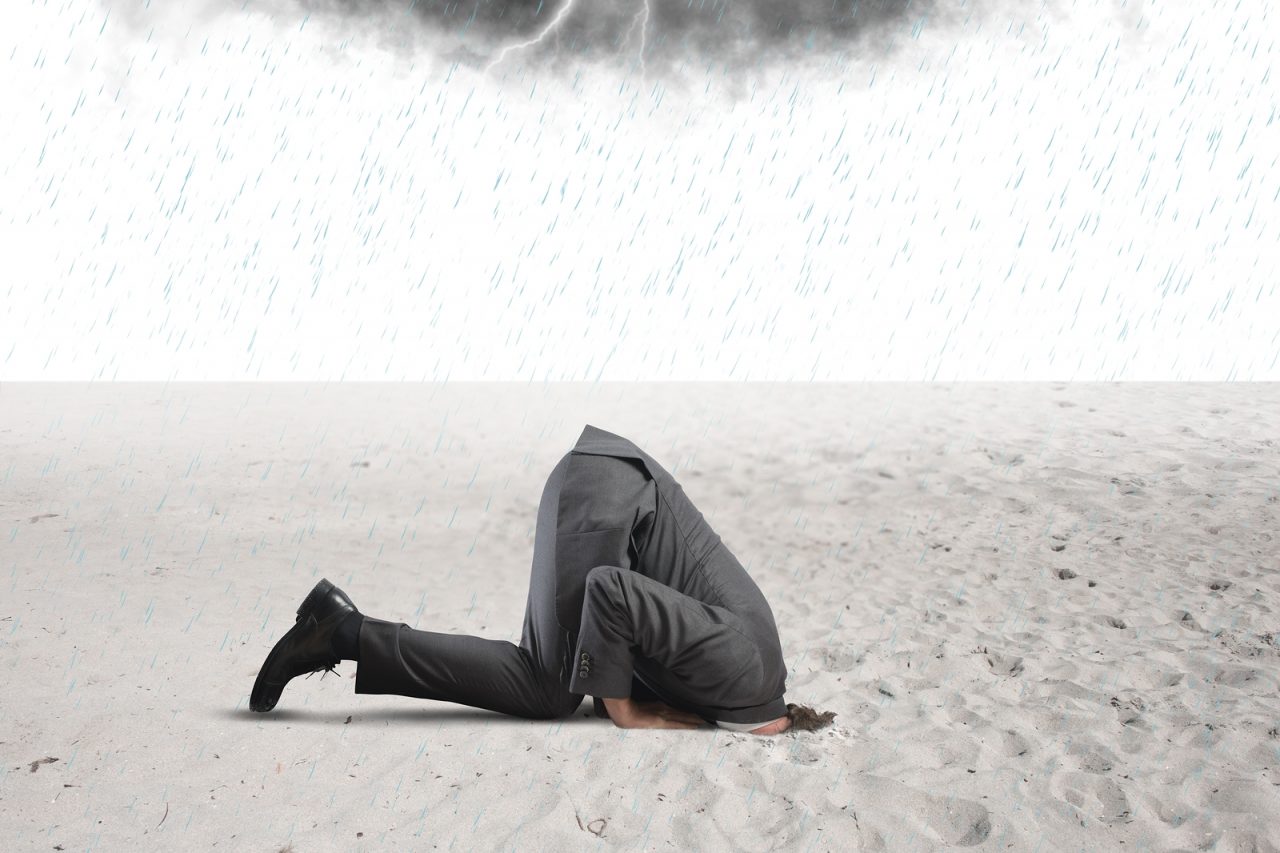This is “Do No Harm Week,” in the Garden State. Joining a national movement to combat the “epidemic” of addiction and death from prescription narcotics, New Jersey is rolling out an aggressive program of education and enforcement. Deaths from legal opioids have more than tripled in last 10 years; over 18,000 people in the United States will die from pain medications in 2014 verses less than 4000 from heroin; it is time for action.
Not only can pharmaceutical narcotics, when not used properly, lead to addiction and death, there is increasing data that prescription pain medications are a pathway to heroin. When patients cannot get prescription medications or cannot afford the high cost, they may turn to heroin, which is far less expensive. The diversion and sale of prescription pain medications for illegal use, and the apparent pathway they create to heroin use, destroys lives, fosters criminal enterprise, leading to community instability and violence.
The program in our State reflects efforts by Federal agencies. First, raise awareness that the use of drugs such as Vicodin, oxycodone, Percocet and the 50 other similar medications, has exploded in the last two decades. While doctors have become more attuned to the problems of pain and more willing to treat that form of suffering, we have not used best practices, resulting in a surge of excess medication dispensed. No one is suggesting not treating pain, but there is a need for awareness of methods to limit the risk.
If a patient only requires 6 tablets of Percocet for a minor injury or surgery, do not give a prescription for 30. Those excess pills end up in a medicine cabinet, to be pilfered by a teenager on his way to punch-bowl party. In the same vein, encourage patients to destroy extra drugs. Projects such as New Jersey’s “Medicine Drop” program make it easier to get rid of drugs. Where disposal programs are not available, the FDA recommends removing dangerous pills from their bottle, mixing them in a plastic bag with something disgusting, like used kitty litter or wet coffee grounds, and putting them in the trash.
Doctors need to become more aware of signs that a patient may be at risk for addiction or diversion. Do they have a history of dependence? Do they seem to be filling prescriptions often or requesting excessively large amounts, especially for specific drugs? Does their pain syndrome match their medical situation? Is this a patient that should be referred to a pain specialist? Are there realistic alternatives to narcotics? The New Jersey Prescription Medicine Program (NJPMP) allows doctors to check the narcotics prescriptions any patient has filled and confirm that no one is using the doctor’s name, perhaps by stealing a prescription pad, to fill pain meds. At this time 21% of NJ doctors are registered with that program and the number is rapidly rising.
Law enforcement agencies have ramped up their efforts in this area. A recent seminar I attended had more presentations by attorneys, regulators and cops, than clinicians. They presented disturbing data about bad doctors and bad “patients,” who are prescribing, filling, and selling massive amounts of “legal” narcotics, expanding the addiction problem. These agencies expressed a commitment to tracking, arresting and convicting bad actors on every side of the multi-billion dollar drug-dependence business.
We must find affective solutions for this public health problem. Doctors must be aware of the risk of these drugs and be cautious in their use, just as they would with any other high-risk therapy. However, I have two concerns regarding these efforts. The first, the obvious, is that we not neglect the real needs of patients while we are addressing the side effects of care. Pain, both acute and chronic, is and will always be a real issue. For the vast majority of patients narcotics pain medications are “life savers.” They allow patients to function and heal. For cancer patients, and others with grievous disease, pain is a reminder of their illness and mortality. We must not pull away from our commitment to quality care of which controlling pain is a foundation.
The other issue is the disturbing emphasis of present efforts toward enforcement, but not a strong emphasis on treatment. Narcotic addiction is a disease. For the addict their bond to pain medications is more important than any other relationship. It is more important than family, job, or health. Such intense illness will not go away simply by printing high-tech prescription pads or locking up criminals. When we choke off the supply of prescription narcotics, we will not eliminate the disease of addiction; instead, we may push it underground with a resurgence of black market drugs such as heroin.
The result of growth in the illegal drug industry would be an increase in carnage and criminal enterprise, with a disproportionate affect on the underserved and poor. Heroin will go up in cost and profits will rise. As the nation with the largest number of people in prison in the world, we know that enforcement alone does not work. This means that if the national efforts to address prescription narcotic growth are going to decrease addiction, we must treat the disease.
Doctors must not only to be taught how to prescribe more carefully, they must be aware of alternatives in treatment of addiction. The use of Medication-Assisted Therapies (MATs), which have helped many return to useful lives, must be supported and made widely available. We must fund addiction research. We must realize that this is a society wide and destabilizing illness and that patients at every level, rich and poor, urban, suburban and rural, are not only are sick themselves, but make our whole society suffer. Addiction is a disease we must address not just with handcuffs, but with care.
We have learned a lot about pain. We understand the destruction that it can cause and have become adapt at its treatment. That progress must continue. Nevertheless, we must address a lethal side affect of that therapy, growing addiction. The deep dependence on devastating drugs is a societal crisis; together it can be solved.







3 Comments